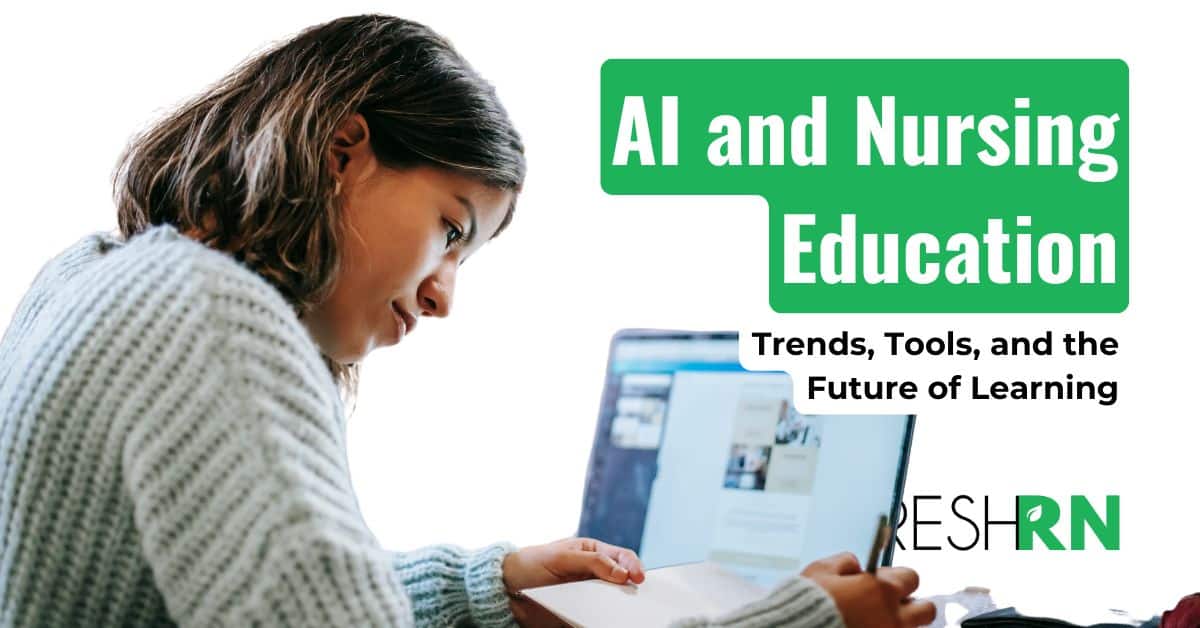The middle cerebral artery (MCA) is one of the brain’s most important blood vessels—and the one most commonly affected by stroke. It’s responsible for delivering blood to areas of the brain that control everything from speech and sensation to motor function and emotional regulation. Understanding its anatomy and function can help nurses, students, and even patients better grasp how stroke symptoms emerge and why they vary so much.

Table of Contents
A Quick Refresher on Brain Blood Supply
The brain gets its blood supply from a network of arteries, primarily the internal and external carotid arteries. The internal carotid arteries split into three major branches:
- Anterior cerebral artery (ACA): Feeds the frontal lobes, including areas responsible for personality, decision-making, and voluntary movement of the legs.
- Middle cerebral artery (MCA): Supplies the lateral portions of the frontal, parietal, and temporal lobes—think face, arm, hand, and speech.
- Posterior cerebral artery (PCA): Feeds the occipital lobes and inferior temporal lobes, areas responsible for vision and visual processing.
That’s a lot of real estate—and the MCA covers the most densely packed, functionally diverse zone.
If you’re more of a visual learner, click play below for an awesome video!
What the Middle Cerebral Artery Supplies
The middle cerebral artery supplies:
- The primary motor and sensory cortex for the face, throat, hand, and arm
- The auditory cortex and insular cortex
- Broca’s area (speech production) and Wernicke’s area (language comprehension) in the dominant hemisphere
- Parts of the parietal lobe are responsible for body awareness and emotional interpretation
So, when a stroke occurs in the MCA territory? The impact can be significant.
🧠 Explain It Like I’m 5:
The middle cerebral artery is like the main power ⚡️ line for some of the busiest parts of the brain, like speech, movement, sensation, and understanding the world around you. If that line gets cut off, it’s like lights out for all the rooms it powers.
(If you’re a nurse and want to get better at neuro checks, here’s a free resource delivered straight to your inbox 👇)
MCA Branches and What They Do
The MCA can be divided into several segments, each with a different job:
- M1 – Sphenoidal (Horizontal) Segment: Originates at the internal carotid and gives off lenticulostriate arteries to deep structures like the internal capsule and basal ganglia—areas essential for voluntary movement and coordination.
- M2 – Insular Segment: Travels over the insula, a deep part of the brain involved in emotion, sensory integration, and autonomic regulation.
- M3 – Opercular Segment: Wraps around parts of the frontal, parietal, and temporal opercula, supplying key language and motor areas.
- M4 – Cortical Branches: These outer branches spread across the surface of the brain and supply motor and sensory cortex, visual areas, and association regions.
Anatomical variations—like bifurcations or trifurcations—can increase the risk of aneurysms or strokes depending on how these vessels branch.
What Happens When the MCA Is Blocked?
When blood flow through the MCA is blocked, symptoms depend on which branch is affected. But generally, you may see:
- Contralateral weakness or paralysis (especially in the face and arm)
- Sensory deficits
- Aphasia (if the stroke occurs in the dominant hemisphere)
- Neglect or spatial issues (if in the non-dominant hemisphere)
- Visual field loss
Smaller strokes may cause more localized deficits depending on whether the blockage is in a tiny cortical branch or a lenticulostriate artery.
A few common pathologies include:
- Embolism or Thrombus: The most frequent cause of MCA stroke. A clot travels to or forms in the vessel and blocks blood flow.
- Lacunar Stroke: A small vessel stroke often involving lenticulostriate branches, commonly causing pure motor deficits.
- Aneurysm Formation: The MCA, especially at bifurcations, is a common site for saccular (berry) aneurysms, which can rupture and cause subarachnoid hemorrhage.
- AVMs and Charcot-Bouchard Aneurysms: Less common, but important to know, especially with chronic hypertension or congenital vessel malformations.
Diagnostic & Clinical Relevance of the Middle Cerebral Artery
Diagnosing MCA-related events often involves imaging like:
- CT scan (non-contrast): Quickly rules out hemorrhage
- MRI (DWI): Detects acute ischemia earlier
- CT/MR Angiogram: Shows vessel blockages or aneurysms
Early diagnosis allows for interventions like tPA, mechanical thrombectomy, or surgical aneurysm repair. Rehab focuses on restoring function in areas affected by the specific branch involved.
Final Thoughts on the Middle Cerebral Artery
The middle cerebral artery is a powerhouse vessel in the brain, and also one of the most vulnerable to stroke. Whether you’re a nurse at the bedside, a clinician reading CTs, or a student trying to remember all these branches, knowing how the MCA works helps you better recognize what’s at stake when something goes wrong.
More Resources for Neuro Nurses
- Neuro Nurse Assessment – Conscious Head to Toe
- Neurological Exam: Level of Consciousness
- Must-Know Tips For Neuro Nurse Checks
Trying to choose between med surg vs ICU? Learn how the roles differ, what skills you’ll build, and how to pick the right path for your nursing career, plus get course recommendations for both.
AI is reshaping how nurses learn and educators teach. Discover the latest trends in AI and nursing education, including personalized learning, VR simulation, and how to prepare for an ethical, equitable future in healthcare training.
Continue Reading AI and Nursing Education: Trends, Tools, and the Future of Learning
Learn what a clinical nurse consultant does, how to become one, and what skills are essential to thrive. We sat down with Kristine Shepherd, MSN, RN, for the full scoop.
Continue Reading What Is a Clinical Nurse Consultant? A Behind-the-Scenes Look at This Growing Role
Streamline your nursing assessments with real-life tips to help you stay efficient and confident (even when your shift is chaos). Perfect for new grads finding their flow!
Continue Reading 4 Quick Nursing Assessment Tips for Your Next Shift
What does a “medical surgery nurse” do? Learn the correct spelling of “med-surg,” what it’s like to work on a medical-surgical unit, and why it’s one of the most important specialties in nursing.
Continue Reading Curious About a “Medical Surgery Nurse”? Let’s Talk Med-Surg
How long does it take to go from BSN to DNP? Let’s talk what affects the timeline, and how BSN to DNP programs compare to other nurse practitioner paths. Plus tips for choosing the right program.
Continue Reading How Long Does it Take to Go From BSN to DNP? Let’s Discuss.
New to neuro? Let's get you a head start.

Neuro is a specialty that can feel intimidating at first. There’s a ton of new terminology, patient conditions can change fast, and neuro assessments are way more nuanced than they seem. It’s a lot to take in—but you don’t have to figure it out alone. Neuro Wise is the course we wish we had as new neuro nurses. It breaks down complex neuro concepts into easy-to-understand lessons, so you can confidently assess your patients, give a solid neuro report, and actually understand what’s going on—not just go through the motions. We cover everything you need to know—so you can step onto the unit feeling prepared, not panicked.
Start Now









0 Comments